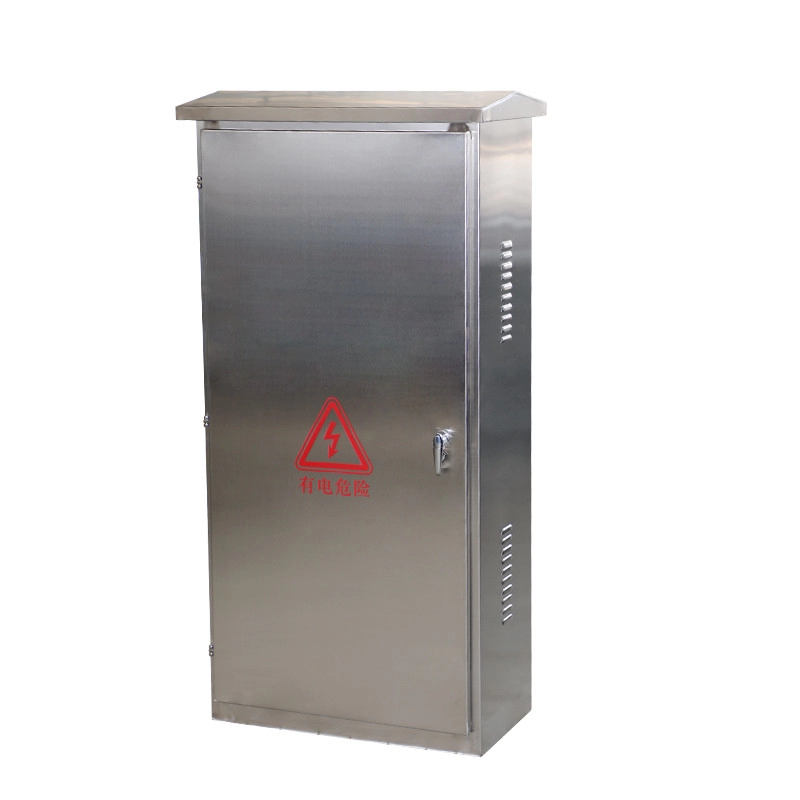Sheet Metal Enclosure: 5 Secret Tips for Flawless Design

Material Mastery: Choosing Your Sheet Metal
Selecting the wrong material is the #1 cause of enclosure failures. I’ve seen aluminum enclosures crumple under vibration because the designer chased lightness over rigidity. So, how do we match materials to application?
Thickness & Strength Trade-Offs
Thicker isn’t always better. For indoor electronics, 0.7-1.2mm steel strikes a balance between cost and durability. Outdoor units? Bump to 1.5mm stainless. Remember: every 0.1mm thickness increase adds ~7% material cost :cite[1].
| Material | Best For | Cost Factor | Minimum Thickness |
|---|---|---|---|
| Cold-Rolled Steel | Indoor enclosures, cost-sensitive projects | 1.0x (baseline) | 0.7mm |
| Stainless Steel | Outdoor/corrosive environments | 2.5x | 1.0mm |
| Aluminum | Weight-sensitive applications | 1.8x | 1.2mm |
Warning: Avoid using HRB 50+ hardness panels with aluminum clinching standoffs—they’ll loosen under vibration. Match fastener hardness to your base material! :cite[1]
Designing for Manufacturability
Ever had a perfect CAD model that turned into a fabrication nightmare? You’re not alone. Design-for-manufacturing (DFM) separates pros from amateurs.
Bending & Cutouts Done Right
Keep bends away from holes. Period. A client once ignored the 3x material thickness rule—their vent slots deformed at every bend line. Follow these golden rules:
- Bend Sequence Planning: Design bends parallel to grain direction (reduces cracking)
- Hole Placement: Maintain 2x material thickness from hole edge to bend line :cite[3]
- Relief Cuts: Add 0.4mm notches at intersecting bends to prevent tearing
- K-Factor: Use 0.43 for steel under 3mm—it predicts stretch during bending
- Radius Rule: Set internal bend radius = material thickness (avoids fractures)
Case Study: Our team redesigned a 2025 server sheet metal enclosure by relocating sensor cutouts 8mm from bend zones. This simple change reduced scrap rate from 18% to 2%.
Structural Integrity Secrets
Rattling panels? That’s the sound of overlooked stiffness. Sheet metal enclosures need innate reinforcement—here’s how to build it in.
Ribs, Welds & Clinching
Instead of adding thickness, use strategic ribs. 10mm wide, 2mm deep ribs along enclosure edges boost rigidity by 50% without weight penalty. For joining, consider clinching—it’s 3x faster than welding and won’t warp thin panels :cite[1].
Fun fact: Clinched joints maintain integrity in sheets as thin as 0.63mm—perfect for miniaturized electronics enclosures! :cite[1]
Surface Finish & Protection
That pristine powder coat won’t last if metal prep is botched. I learned this the hard way when our “marine-grade” enclosure developed rust blooms in 6 months.
Cost-Effective Corrosion Defense
Blast first, coat second. Sandblasting with 100-grit alumina increases paint adhesion by 200% versus manual sanding. For indoor enclosures, skip expensive plating—electrocoating provides uniform coverage at $0.15/dm² :cite[6].
Thermal & EMI Management
Overheating kills electronics. But here’s the twist: standard vent patterns can act as EMI antennas! Solve both with these tricks:
Cooling Without Compromise
Use hexagonal vent arrays (not circles!)—they offer 20% better airflow while blocking 85% of EMI :cite[10]. Pair with stepped flanges around access panels to create EMI gasket seats.
Pre-Production Checklist
- □ Material certs verified (ASTM/ISO compliant?)
- □ Bend reliefs added at all intersecting folds
- □ Fastener hardness > panel hardness (HRB differential ≥10)
- □ Vent holes ≥12mm from any weld/clinch points
- □ Grain direction marked on flat pattern
FAQs: Sheet Metal Enclosure Design
Q: How thin can sheet metal be for enclosures?
A: Clinching standoffs work reliably down to 0.63mm for aluminum, but structural panels should be ≥0.8mm to resist denting :cite[1]:cite[3].
Q: What’s the biggest mistake in enclosure design?
A: Ignoring bend radius rules—sharp corners create microfractures that propagate into cracks under vibration stress.
Q: Can I mix materials in one enclosure?
A: Yes, but isolate dissimilar metals (e.g., steel/aluminum) with dielectric tape to prevent galvanic corrosion.
Q: How to reduce sheet metal enclosure costs by 15%+?
A: Standardize hardware sizes, use nested components to minimize scrap, and avoid unnecessary tight tolerances (±0.5mm is sufficient for most features).









